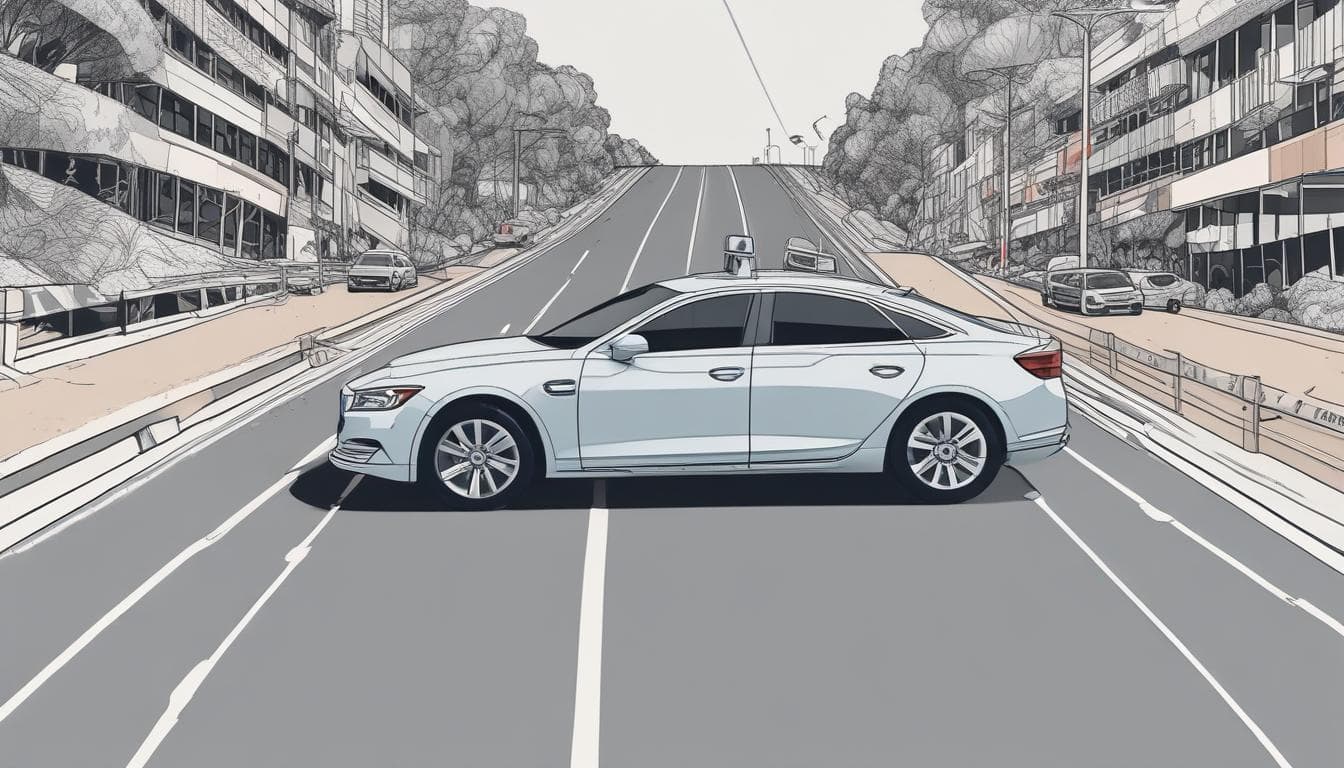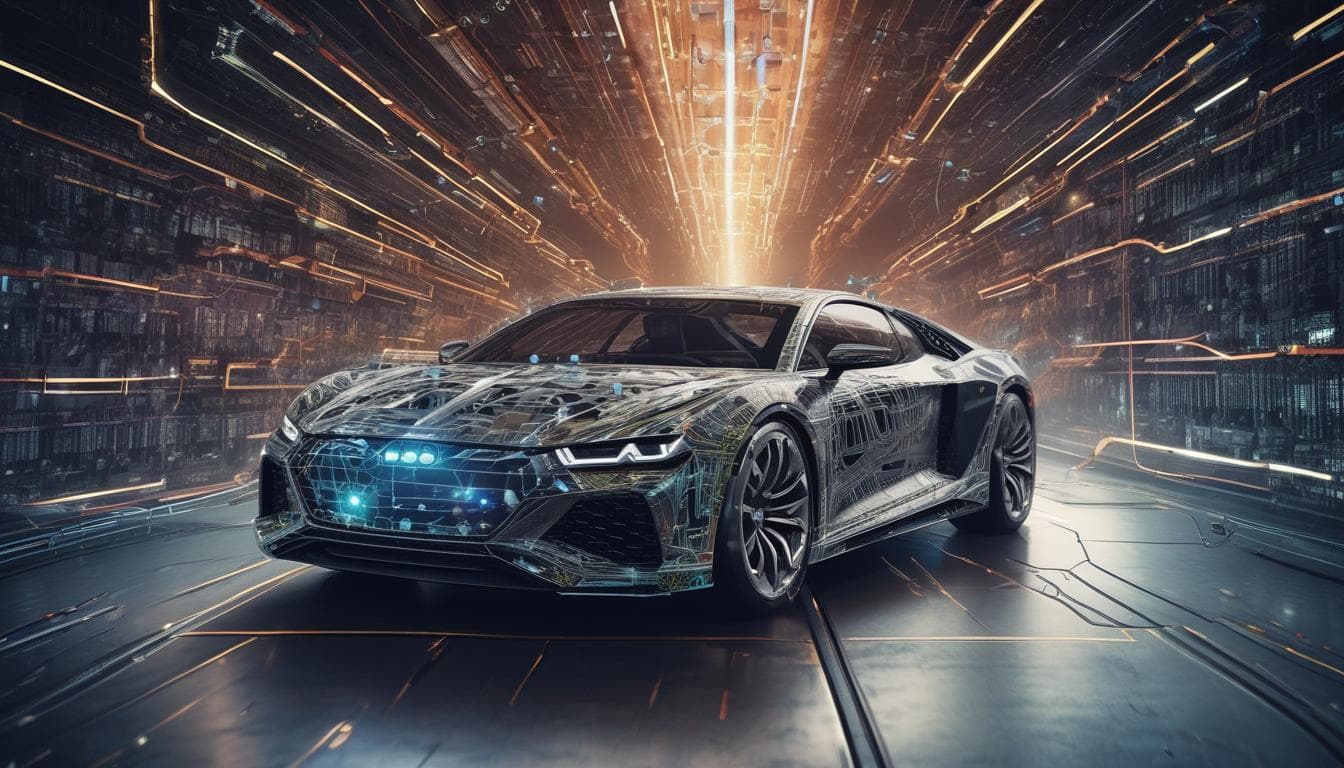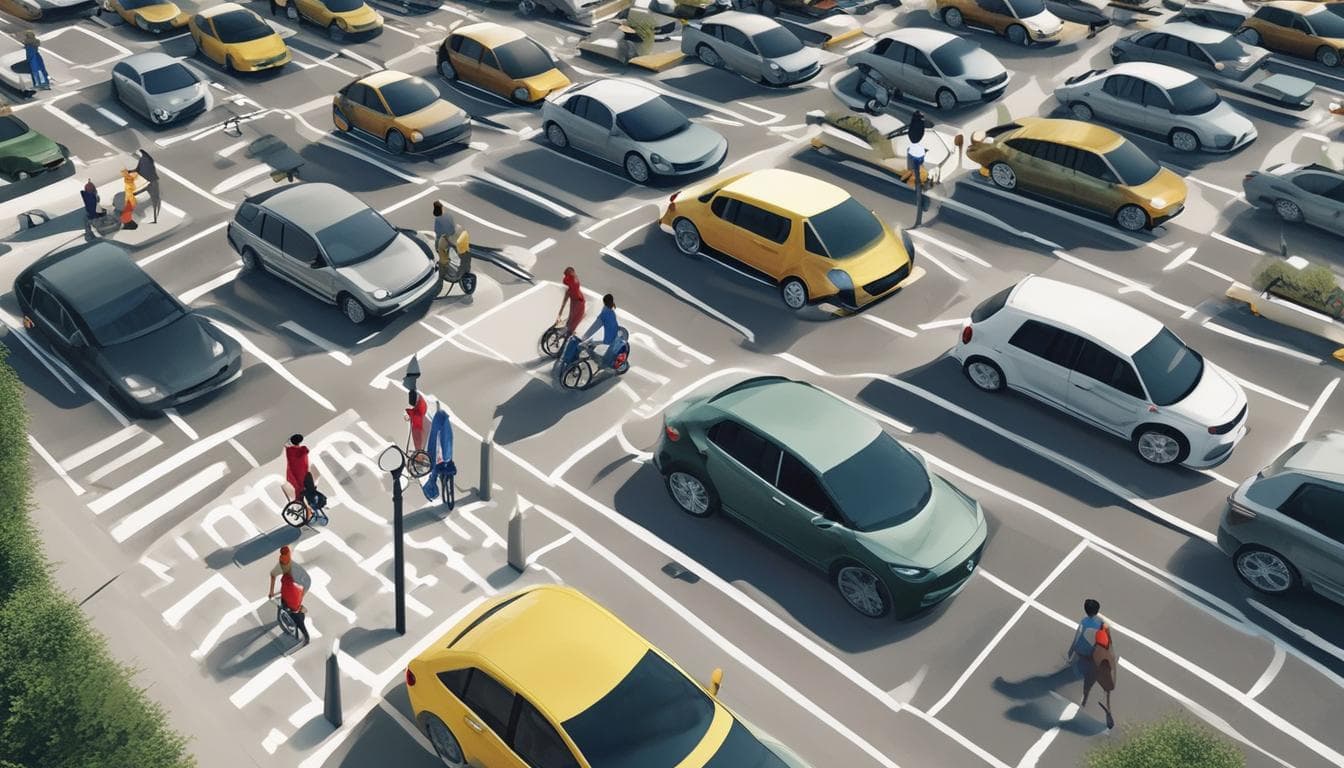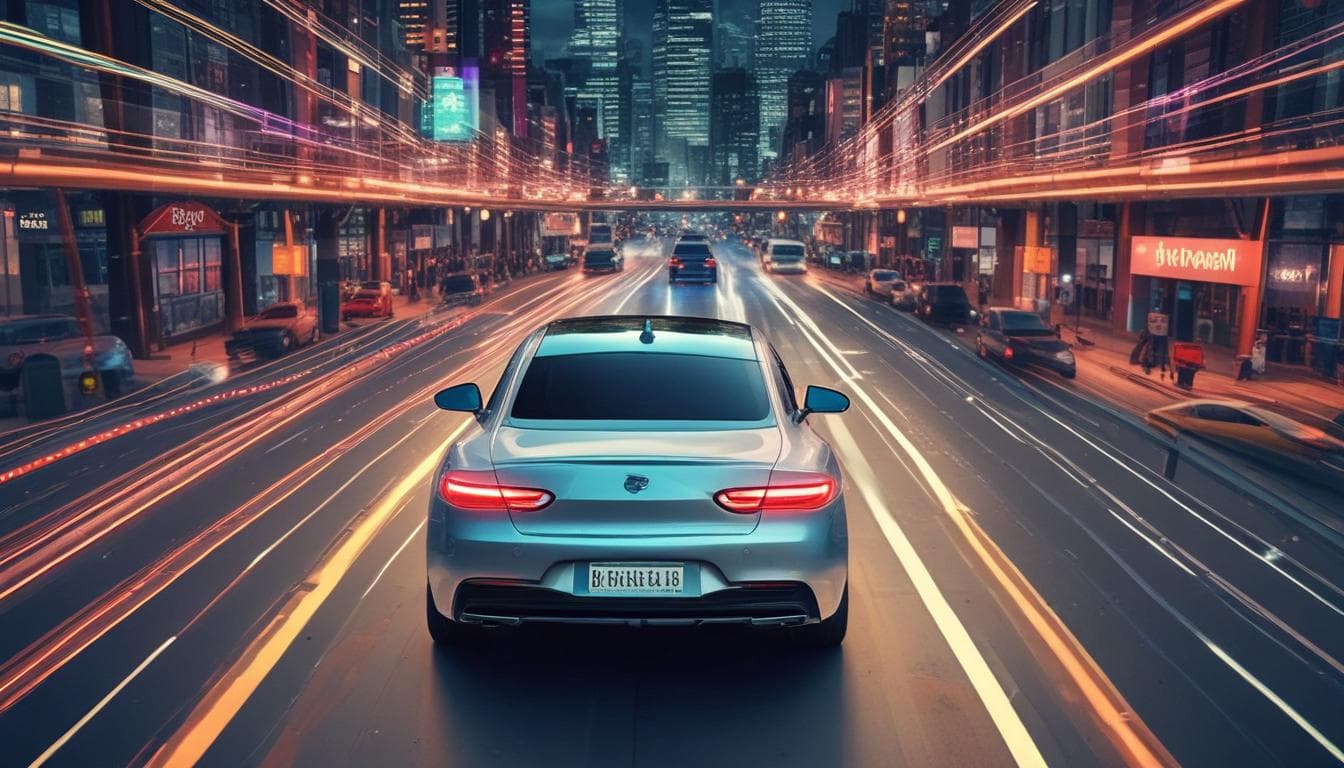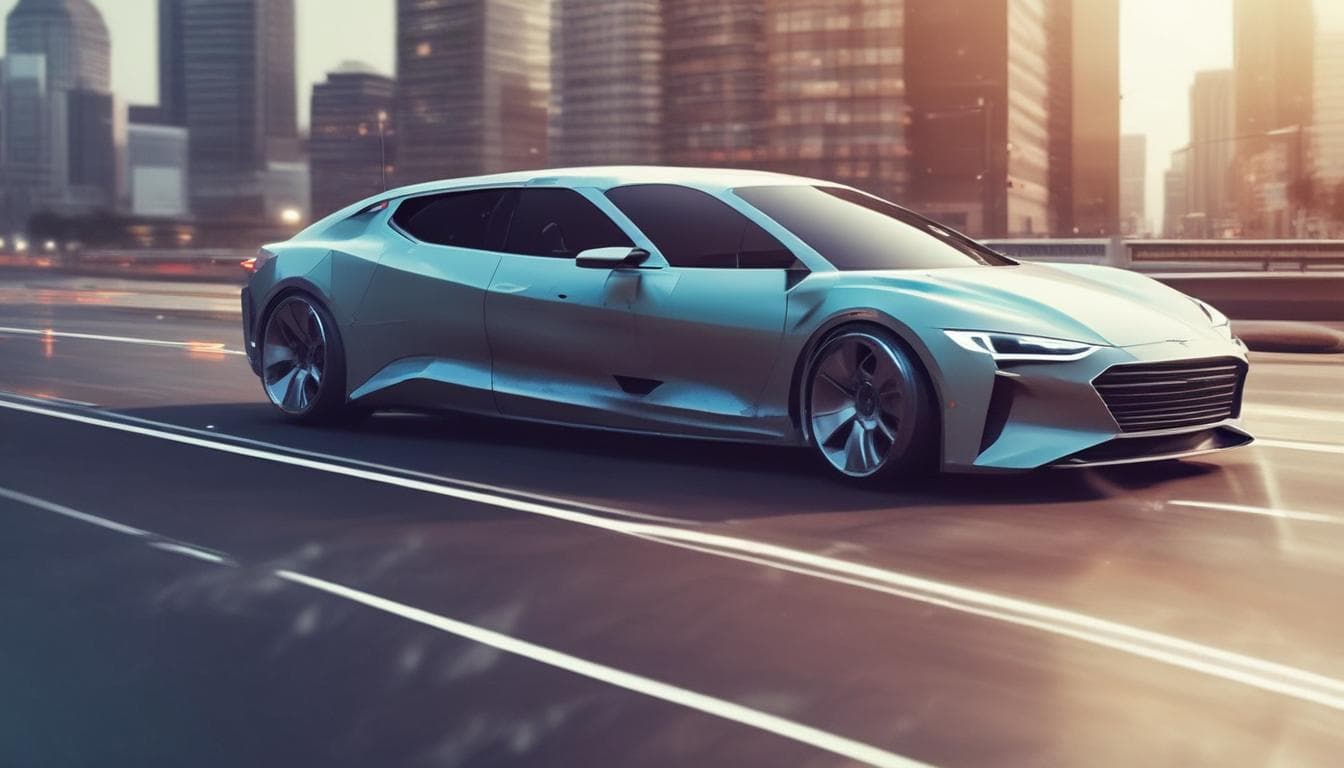Imagine vehicles capable of generating personalized 'smell-scapes'. Beyond air fresheners, how could curated scents enhance driving – replicating a coastal drive's salty air, introducing calming aromas during traffic, or even providing subtle alerts? What are the most intriguing potential applications, the technical hurdles, and the ethical considerations surrounding olfactory technology integrated deeply into our automotive future?
This is a fascinating concept! Moving beyond simple air fresheners to curated 'smell-scapes' opens up a whole new dimension for the in-cabin experience.
Potential Applications:
- Immersion: Imagine your navigation system syncing with scent emitters to replicate the smell of pine forests as you drive through them, or the salty air of a coastal route. Total sensory immersion!
- Wellbeing & Mood: Calming lavender or chamomile during stressful traffic jams, or invigorating citrus scents to combat fatigue on long journeys. This ties directly into the broader trend of crafting truly personalized driving experiences using AI and data.
- Subtle Alerts: Instead of just beeps, perhaps a faint, specific 'electrical' smell could warn of a system fault, or a unique scent could indicate an upcoming hazard identified by advanced driver-assistance systems. This could integrate with advanced in-cabin sensing systems that monitor driver state and vehicle surroundings.
- Memory & Nostalgia: Linking scents to specific locations visited or even personal memories associated with certain smells. Perhaps triggered by user profiles identified via emerging biometric systems in vehicles.
Technical Hurdles:
Creating such a system isn't trivial. We'd need:
- Highly sophisticated, miniaturized scent synthesizers/emitters.
- A way to quickly introduce and, crucially, remove scents without them lingering or mixing unpleasantly.
- A vast digital library of scents and a practical refill/cartridge system.
- Seamless integration with vehicle sensors, navigation, and user profiles.
Ethical Considerations:
- Sensory Overload/Intrusion: Not everyone wants their car smelling like a pine forest or receiving olfactory alerts. Opt-in/out and granular control would be essential.
- Health Concerns: Allergies and sensitivities to artificial fragrances are common. Materials and scents would need rigorous testing.
- Privacy: Who controls the data about your scent preferences or the moods potentially inferred to trigger certain aromas?
- Manipulation: Could scents be used subtly to influence driver mood for commercial purposes or mask unpleasant (but necessary) warning smells?
Overall, while the challenges are significant, the potential to enhance the driving experience through smell is incredibly intriguing. It represents another frontier in making vehicles more responsive and attuned to their occupants. What scent would you want your car to generate first?
探索更多相关内容
加入讨论
- 未来汽车:移动的个人艺术馆——探索驾驶体验的艺术升华
探讨未来汽车如何融合数字艺术、氛围灯光、互动体验等,成为“移动的个人艺术馆”。分享您对个性化“移动艺术空间”的创意,以及这种结合对汽车设计、文化和出行方式的深远影响。这是否预示着一个将驾驶体验提升至艺术欣赏层面的全新汽车时代的到来?
- 未来十年,汽车能否成为真正的“移动之家”?
探讨未来十年汽车发展趋势,除了自动驾驶和电动化,还有哪些科技进步能让汽车成为更舒适、智能和娱乐的移动空间?如何改变我们的出行和生活?
- 未来十年,汽车将如何变革为“移动智能终端”?
探讨未来十年汽车行业的发展趋势,聚焦自动驾驶、电动化和人工智能技术对车内体验的重塑,例如个性化娱乐、智能助手和虚拟现实交互等。分析哪些AI技术最具潜力,以及这些技术带来的挑战和机遇。
